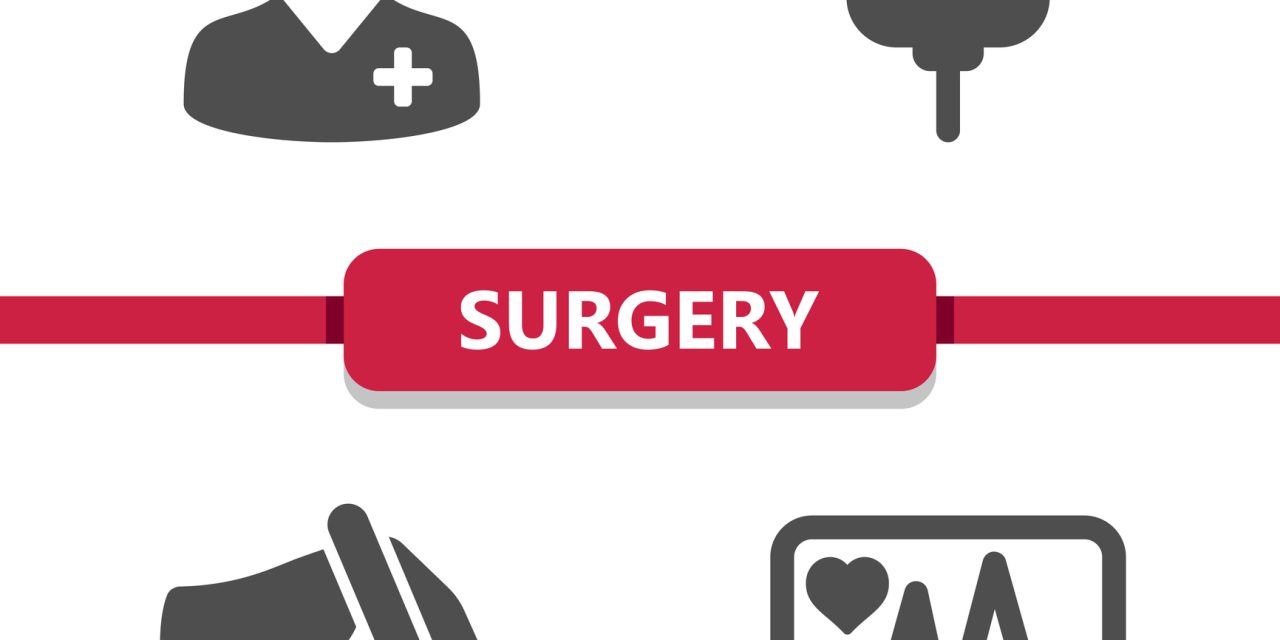Plastic surgery education relies heavily on images featuring patient skin tone; while images can be useful representations, it is highly susceptible to implicit bias, a known contributor to healthcare disparities. Using skin tone as a proxy, this study evaluates patient representation in images used in the American Society of Plastic Surgery Resident Education Curriculum.
Color photographs, graphics, and videos featured in the American Society of Plastic Surgery “Course Materials” for each module were categorized using the Fitzpatrick scale (I-II, III-IV, or V-VI) by six reviewers. Proportional data and average number ± standard deviation of photos and graphics for each category were reported. Significant difference between Fitzpatrick I to II and V to VI was investigated via a one-way analysis of variance with a Tukey’s post-test to adjust for multiple comparisons.
An average of 1861 photographs and 237 graphics were assessed with 82% (1518 ± 25.11) of photos and 97% (231 ± 24.45) of graphics categorized as Fitzpatrick I to II. A one-way analysis of variance with a Tukey’s post-test demonstrates a statistical difference between images and graphics categorized as Fitzpatrick I to II and Fitzpatrick V to VI (p < 0.001).
Our data reveals an opportunity to improve racial representation in resident education. When 76% of patients in the United States are white and 13% are Black, our findings demonstrate both an unequal and unrepresentative distribution of photos and graphics of non-white patients. Residency is a formative time in a surgeon’s career and therefore, exposure to accurate representation of a diverse patient population is of the utmost importance.
Copyright © 2022 Association of Program Directors in Surgery. Published by Elsevier Inc. All rights reserved.
It’s not all White: Implicit Racial Bias in Imagery Used in Plastic Surgery Resident Education.


